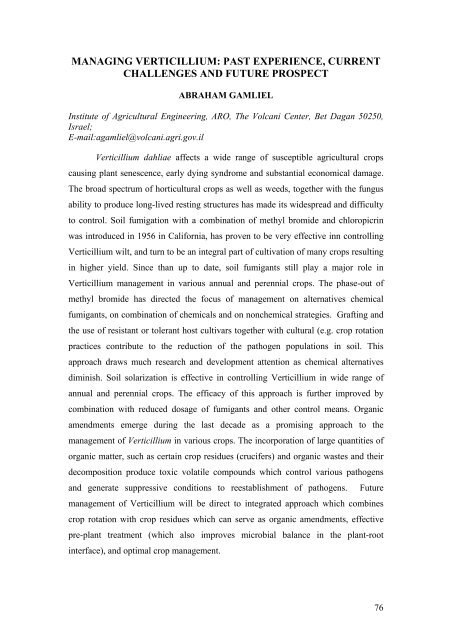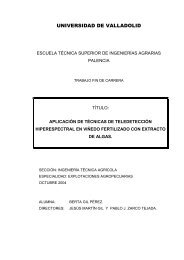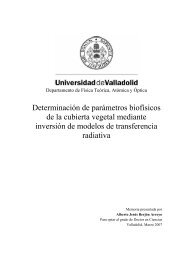10th INTERNATIONAL VERTICILLIUM SYMPOSIUM 16-20 ...
10th INTERNATIONAL VERTICILLIUM SYMPOSIUM 16-20 ...
10th INTERNATIONAL VERTICILLIUM SYMPOSIUM 16-20 ...
You also want an ePaper? Increase the reach of your titles
YUMPU automatically turns print PDFs into web optimized ePapers that Google loves.
MANAGING <strong>VERTICILLIUM</strong>: PAST EXPERIENCE, CURRENTCHALLENGES AND FUTURE PROSPECTABRAHAM GAMLIELInstitute of Agricultural Engineering, ARO, The Volcani Center, Bet Dagan 50250,Israel;E-mail:agamliel@volcani.agri.gov.ilVerticillium dahliae affects a wide range of susceptible agricultural cropscausing plant senescence, early dying syndrome and substantial economical damage.The broad spectrum of horticultural crops as well as weeds, together with the fungusability to produce long-lived resting structures has made its widespread and difficultyto control. Soil fumigation with a combination of methyl bromide and chloropicrinwas introduced in 1956 in California, has proven to be very effective inn controllingVerticillium wilt, and turn to be an integral part of cultivation of many crops resultingin higher yield. Since than up to date, soil fumigants still play a major role inVerticillium management in various annual and perennial crops. The phase-out ofmethyl bromide has directed the focus of management on alternatives chemicalfumigants, on combination of chemicals and on nonchemical strategies. Grafting andthe use of resistant or tolerant host cultivars together with cultural (e.g. crop rotationpractices contribute to the reduction of the pathogen populations in soil. Thisapproach draws much research and development attention as chemical alternativesdiminish. Soil solarization is effective in controlling Verticillium in wide range ofannual and perennial crops. The efficacy of this approach is further improved bycombination with reduced dosage of fumigants and other control means. Organicamendments emerge during the last decade as a promising approach to themanagement of Verticillium in various crops. The incorporation of large quantities oforganic matter, such as certain crop residues (crucifers) and organic wastes and theirdecomposition produce toxic volatile compounds which control various pathogensand generate suppressive conditions to reestablishment of pathogens. Futuremanagement of Verticillium will be direct to integrated approach which combinescrop rotation with crop residues which can serve as organic amendments, effectivepre-plant treatment (which also improves microbial balance in the plant-rootinterface), and optimal crop management.76




